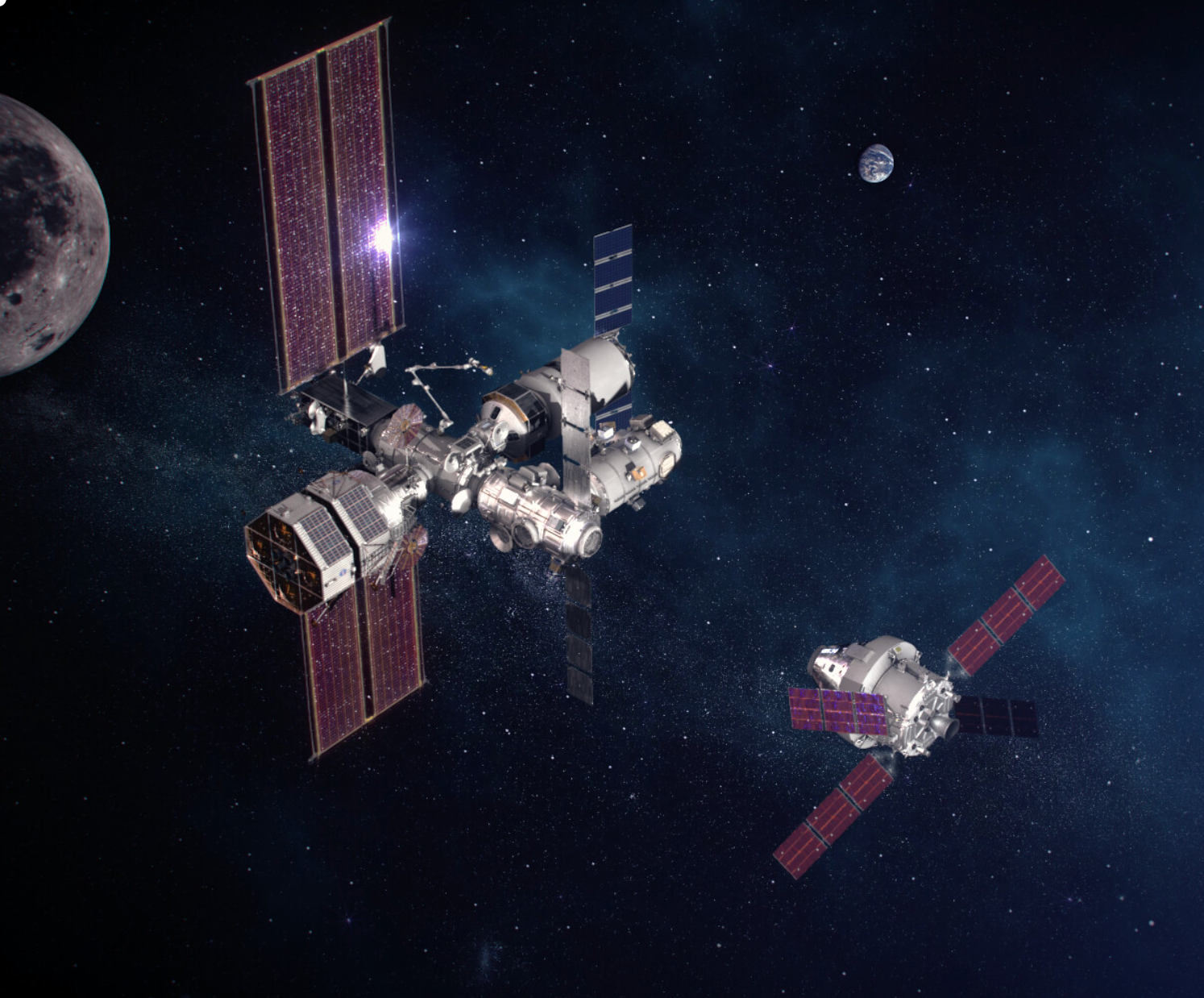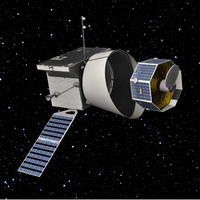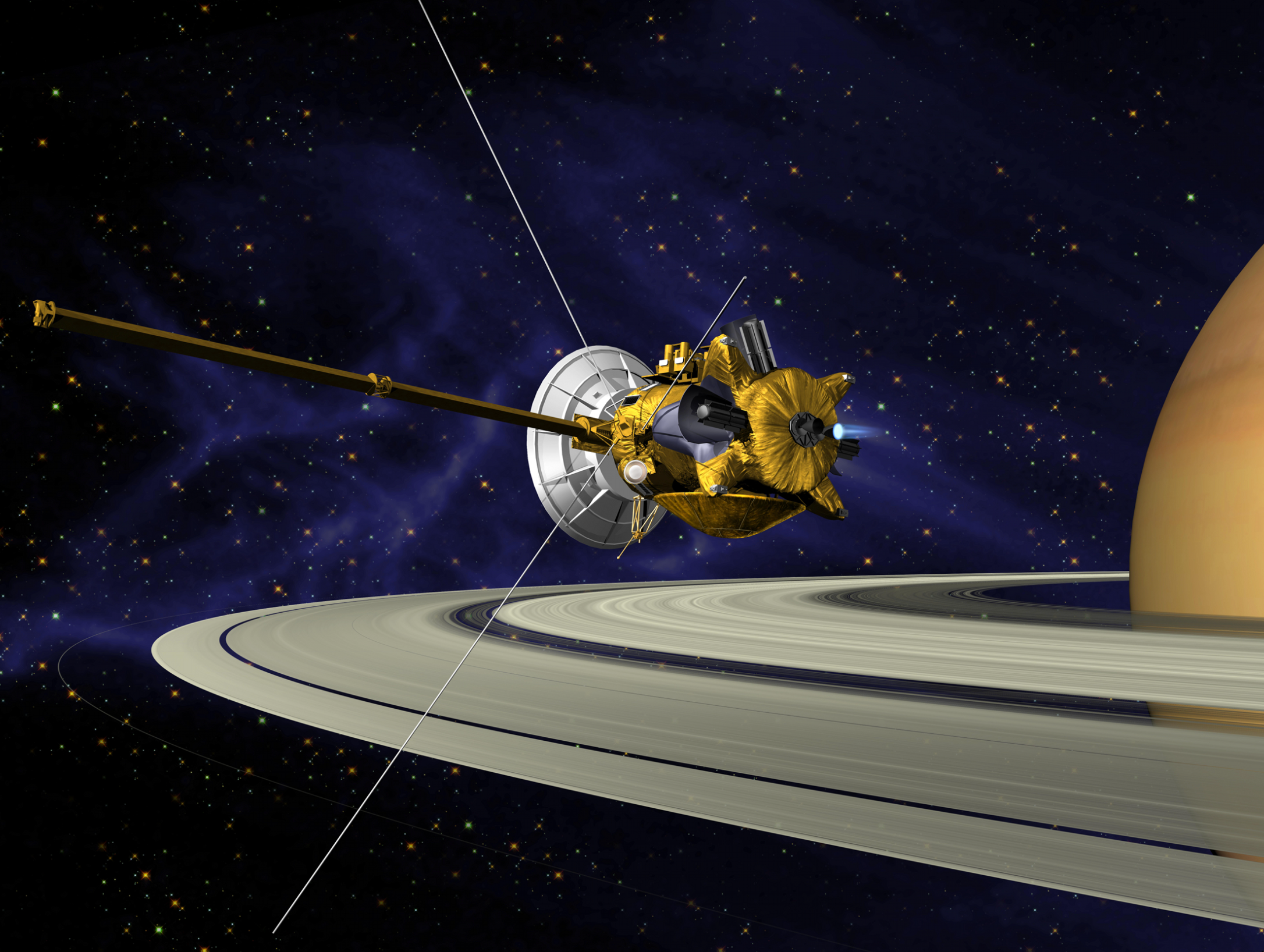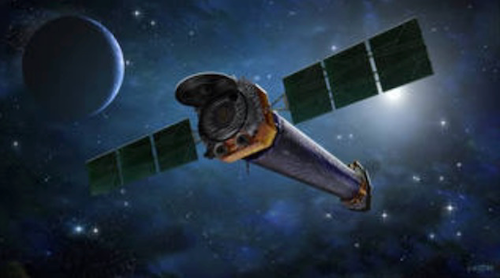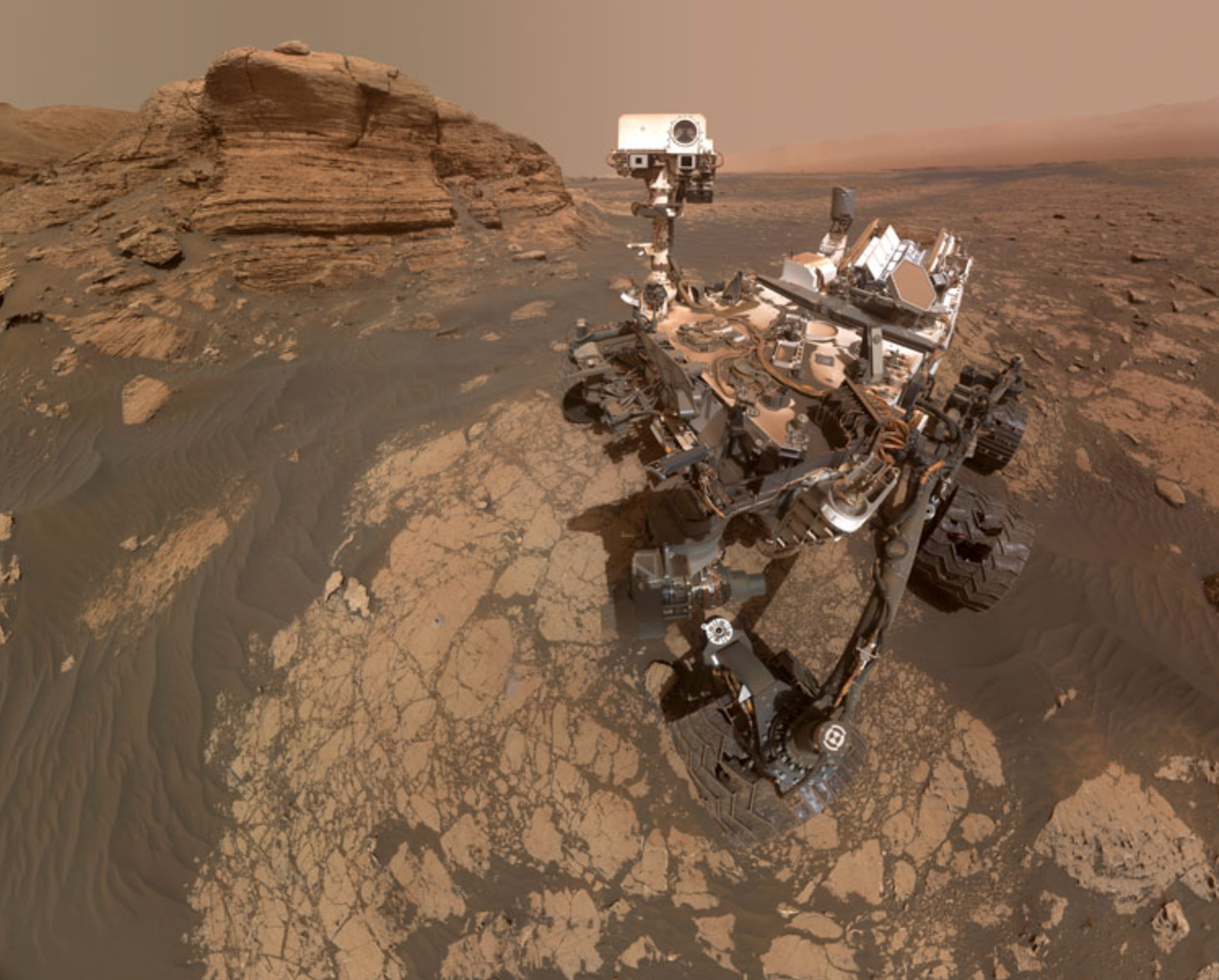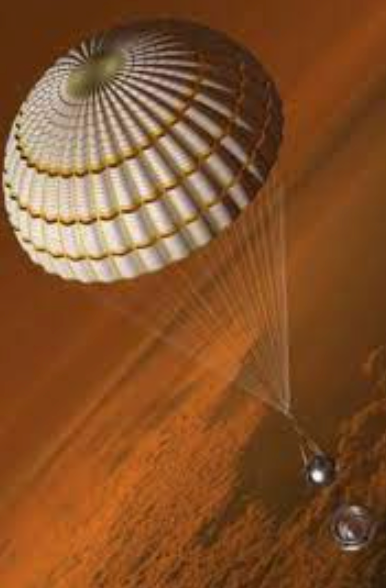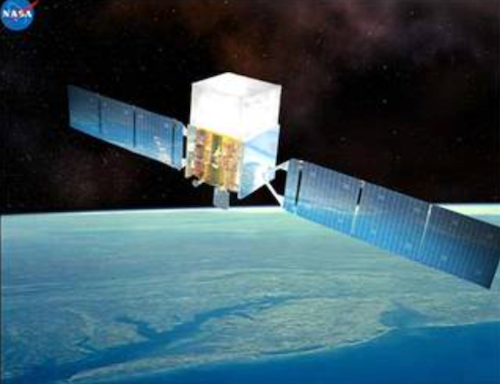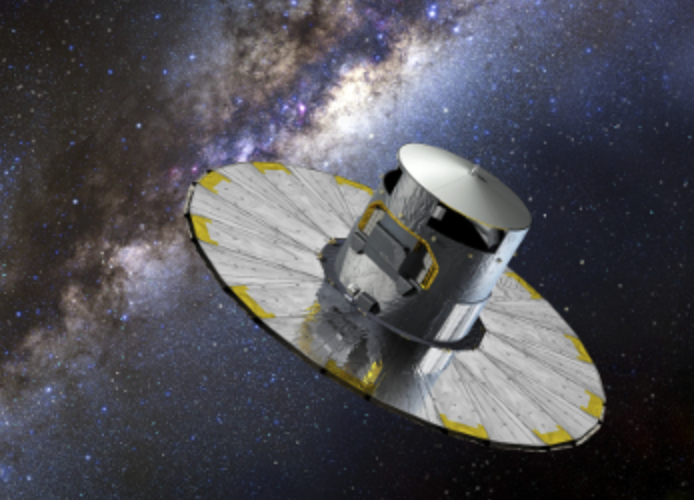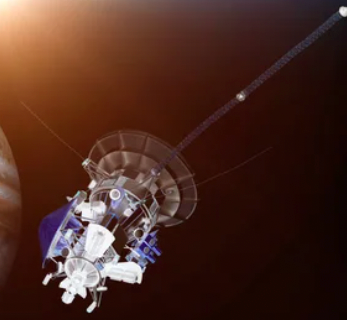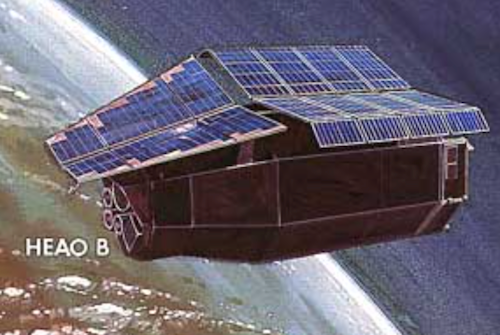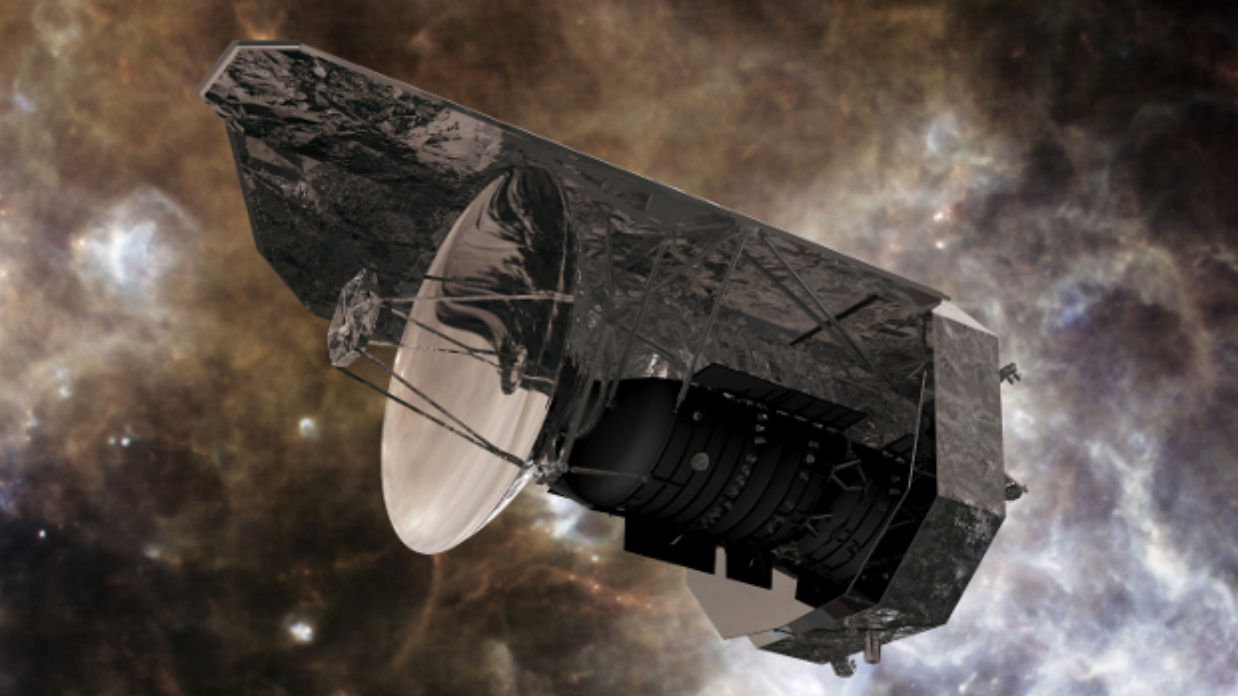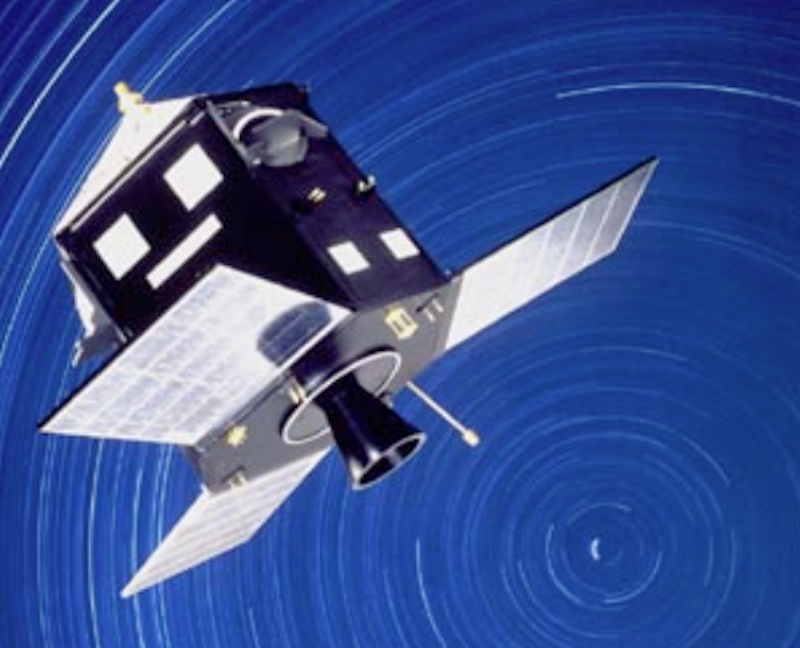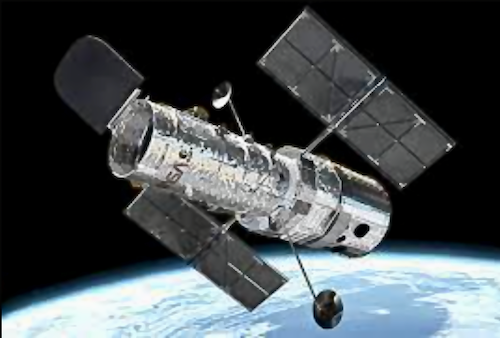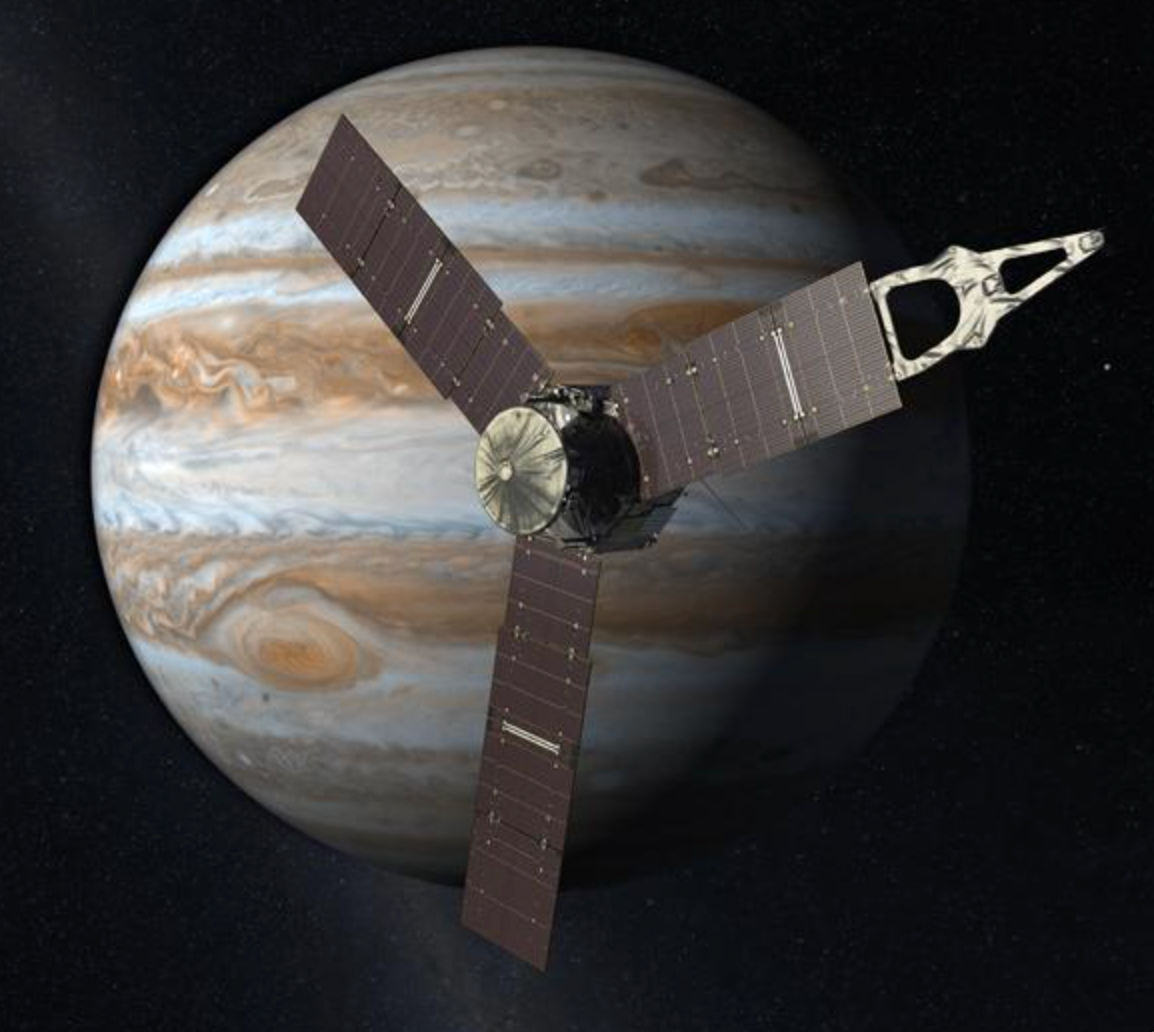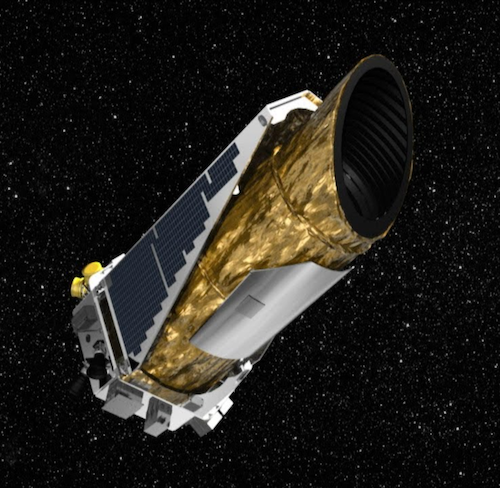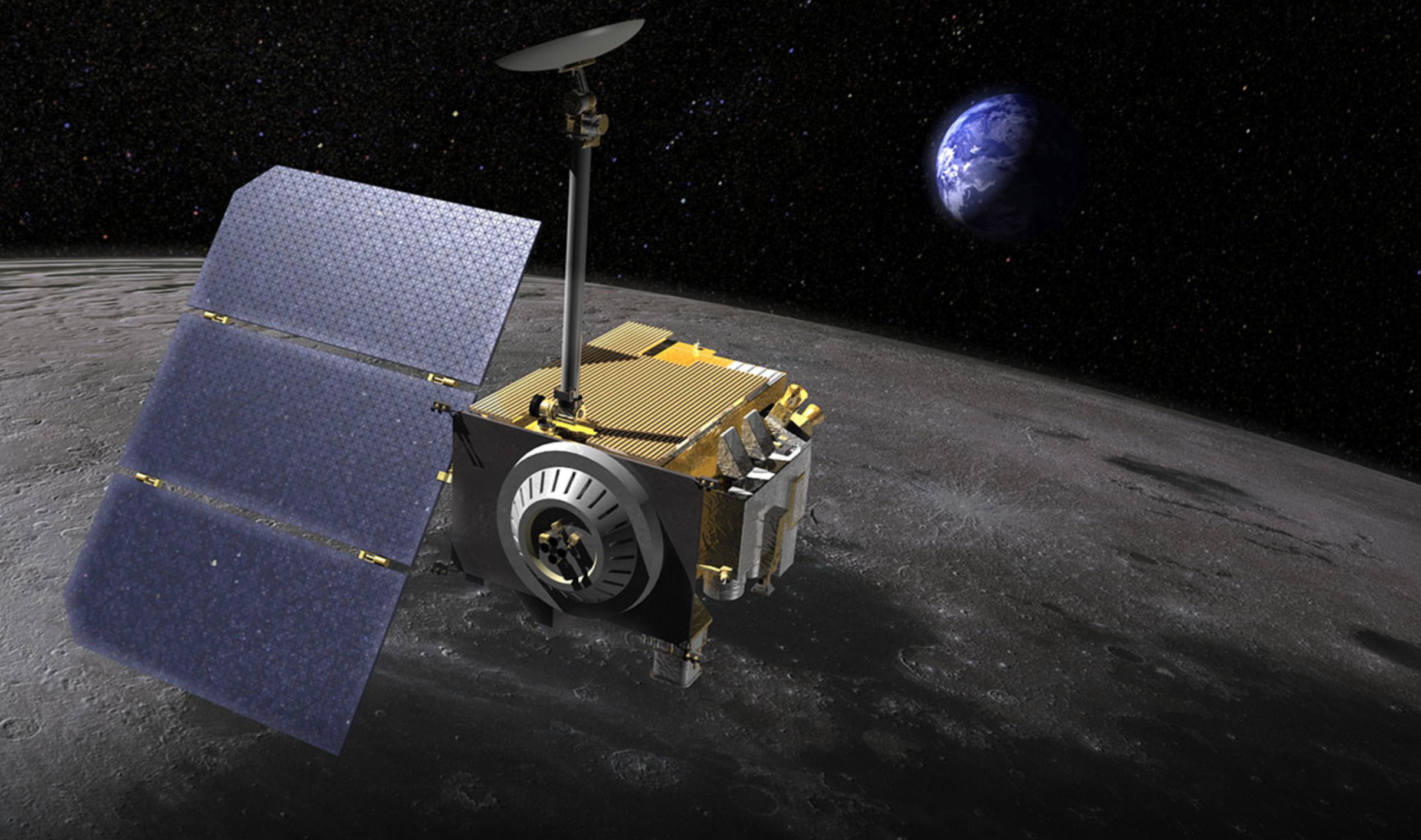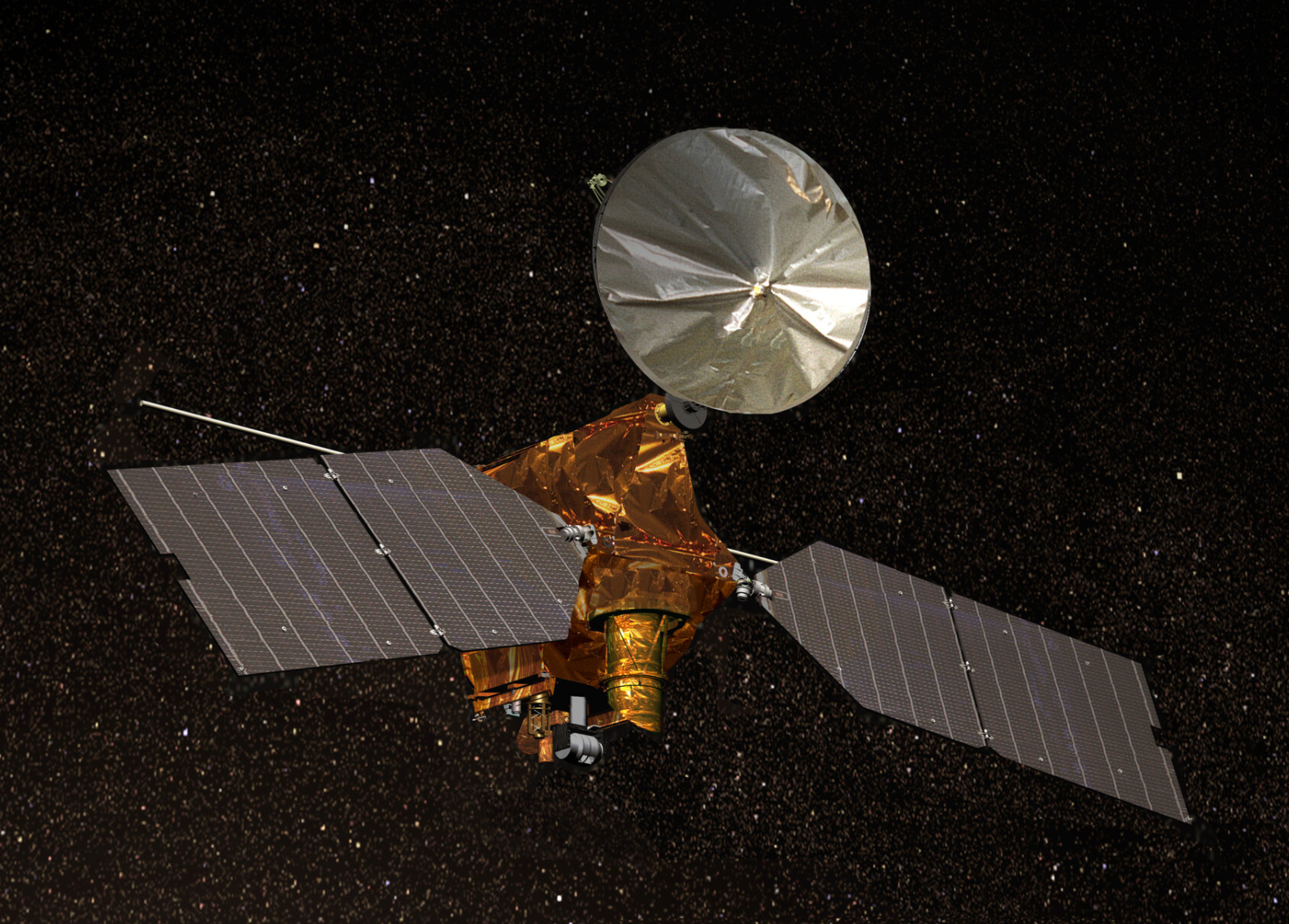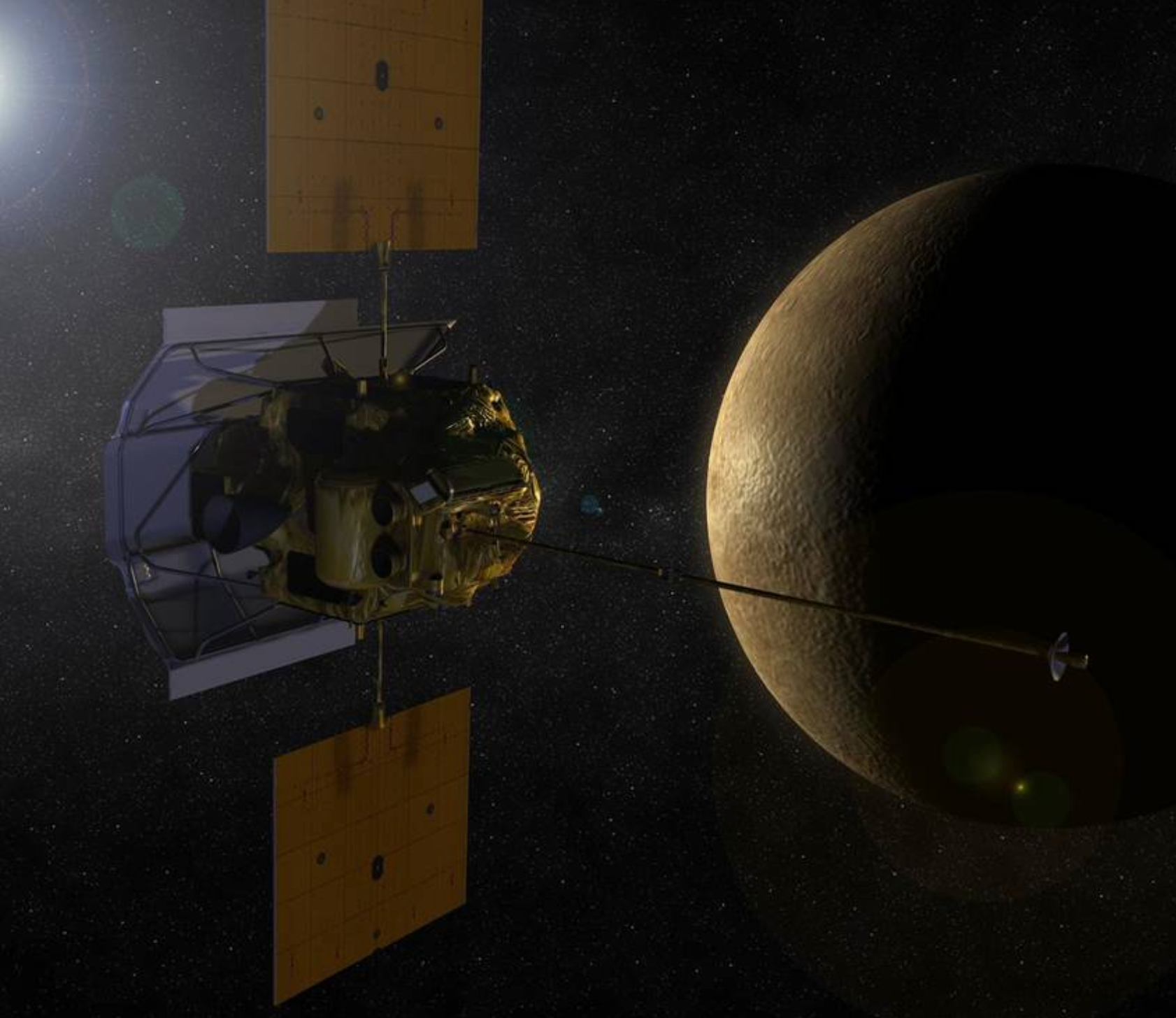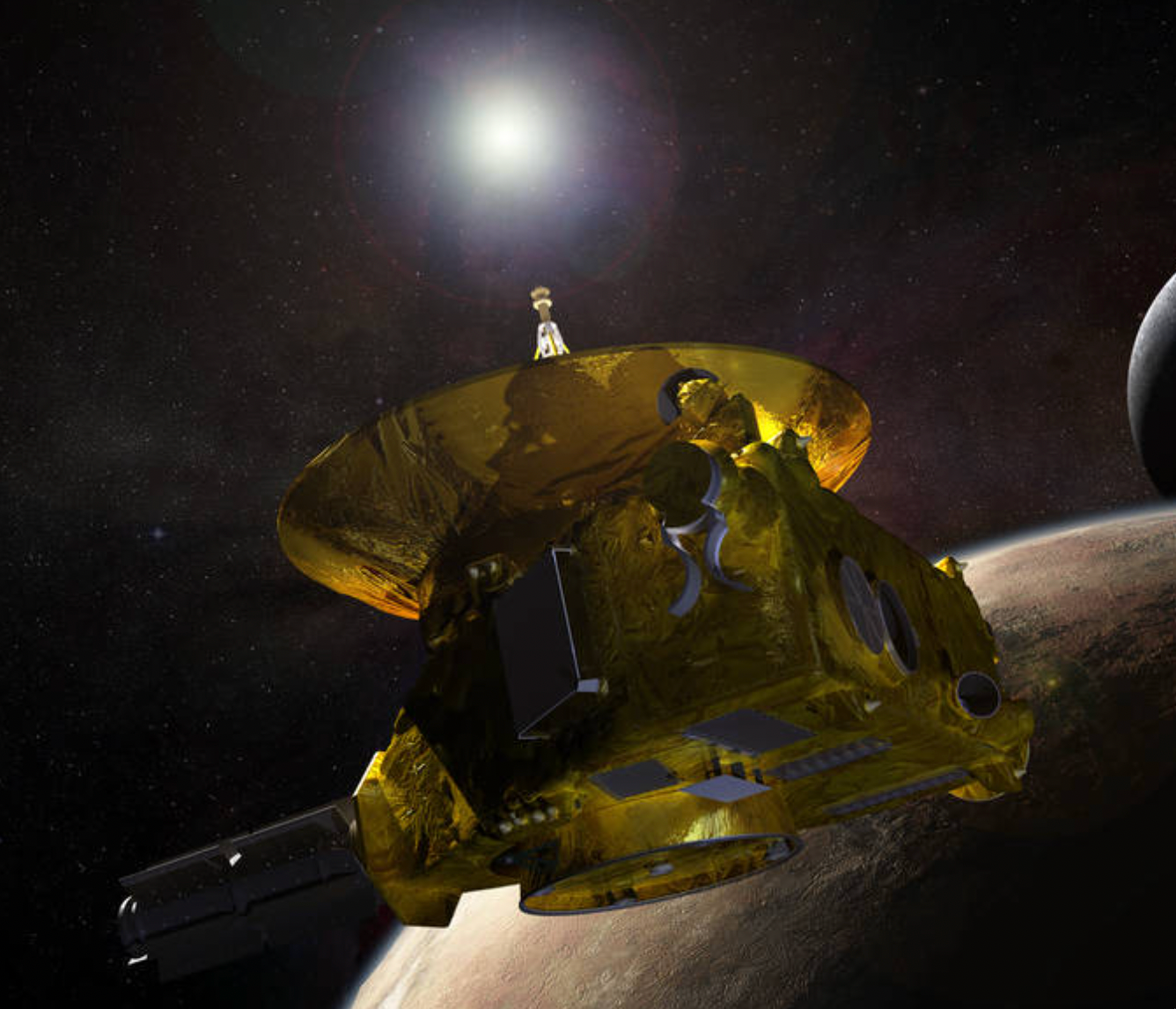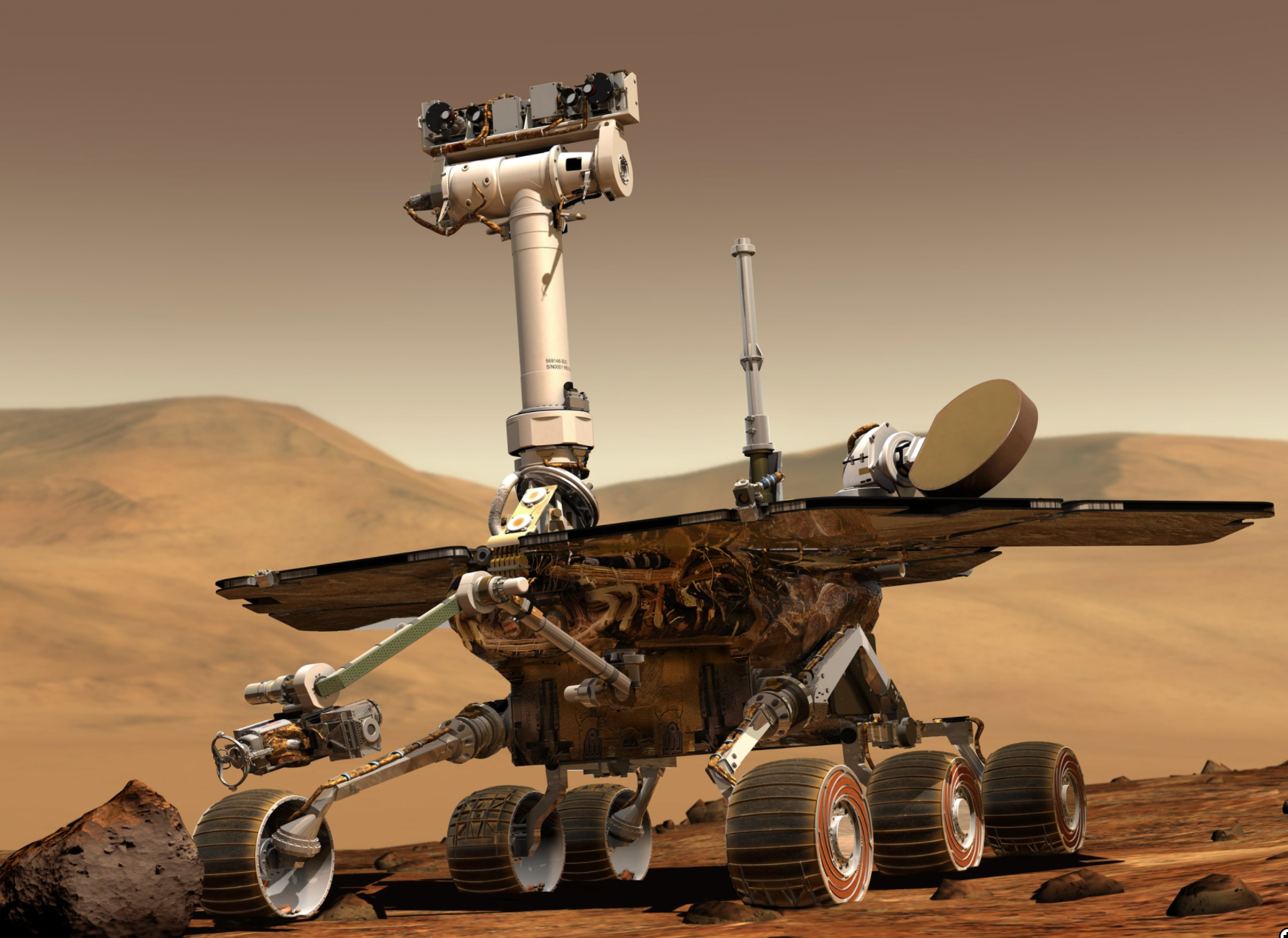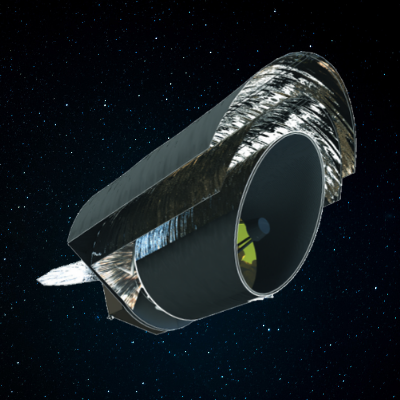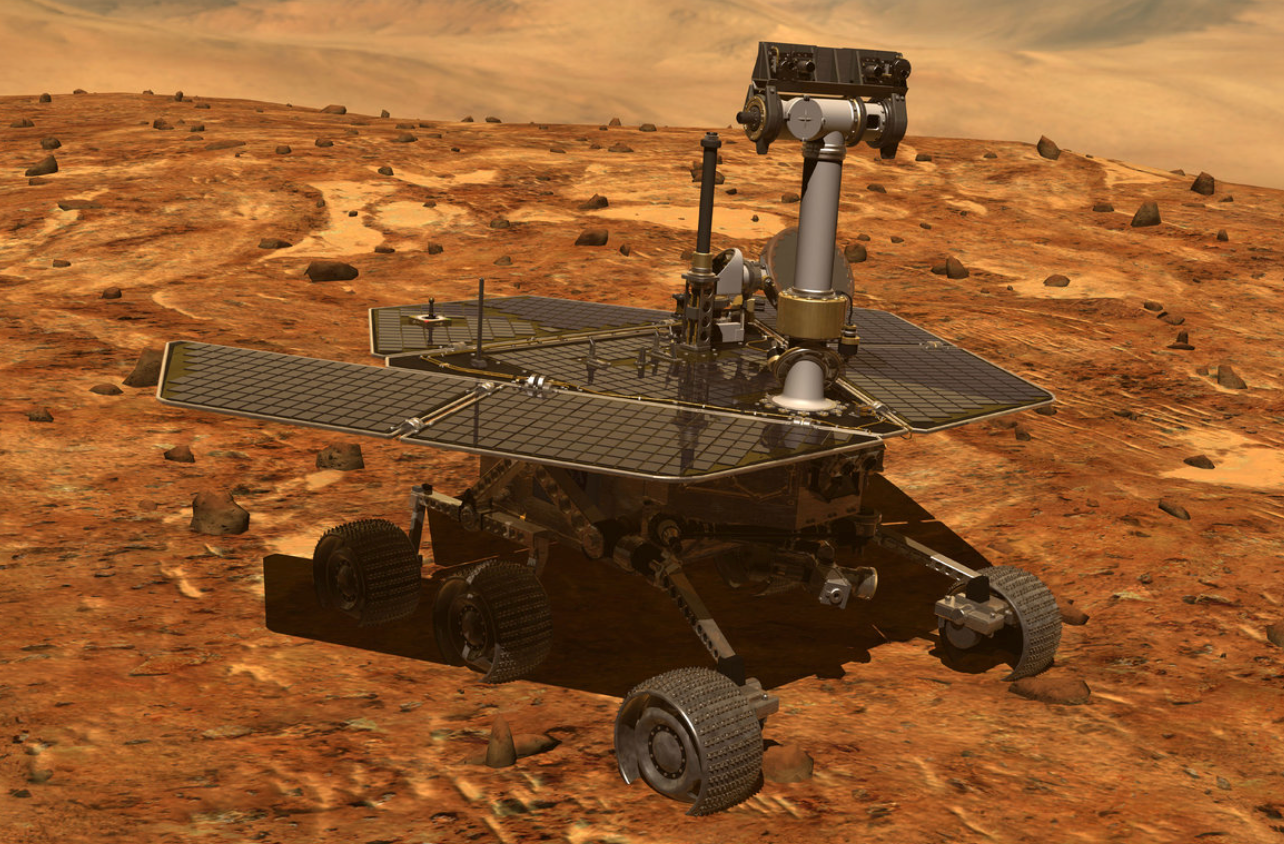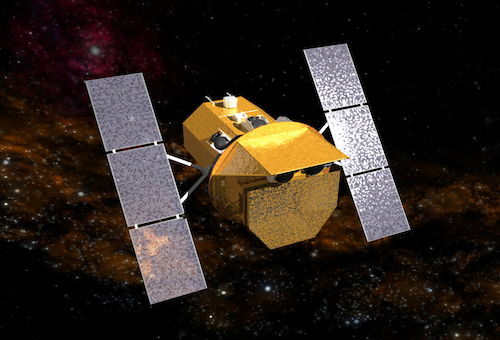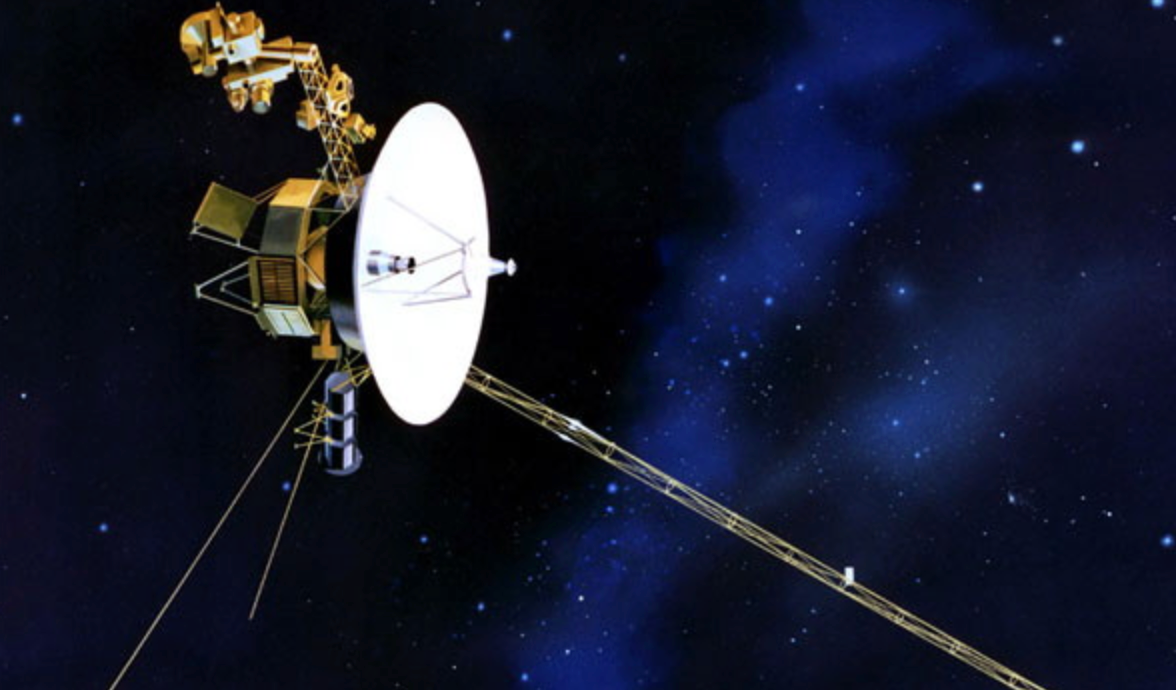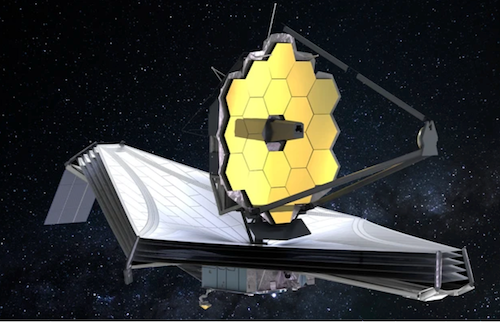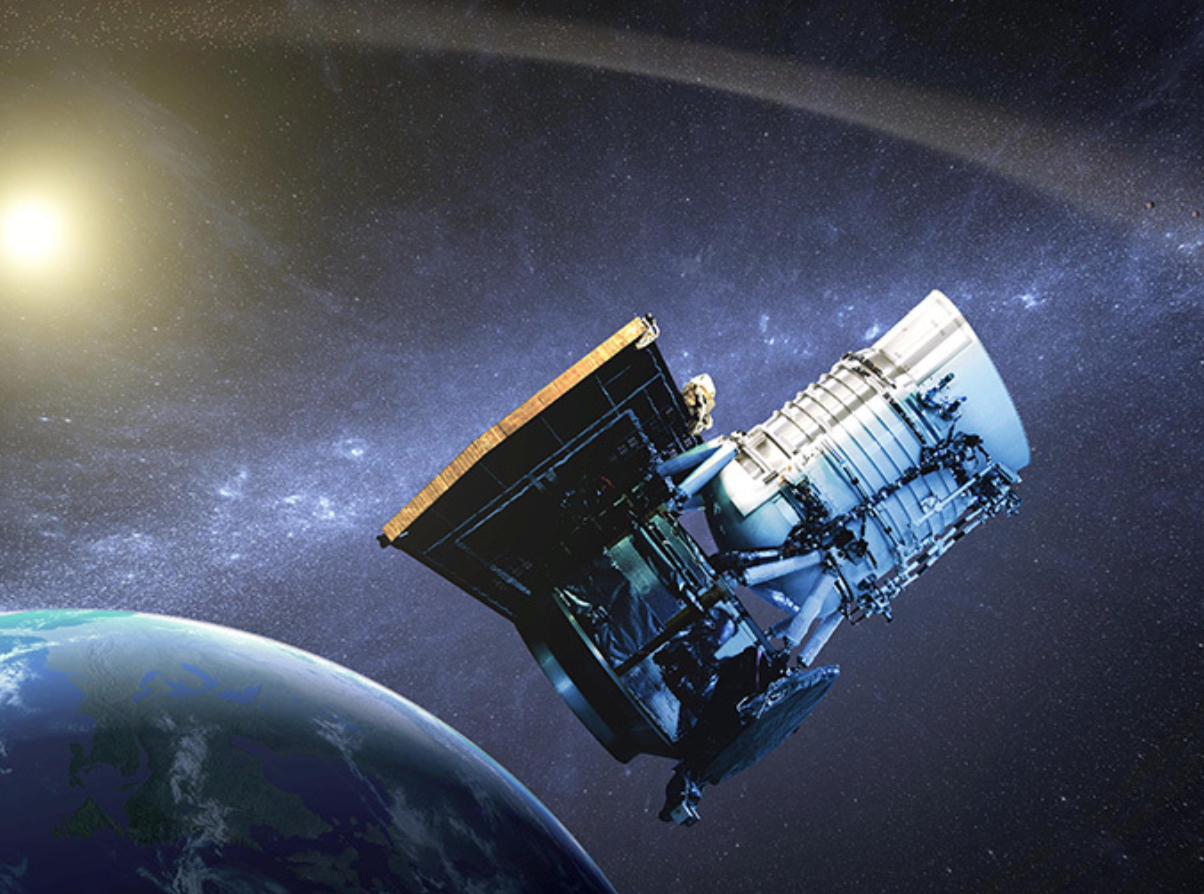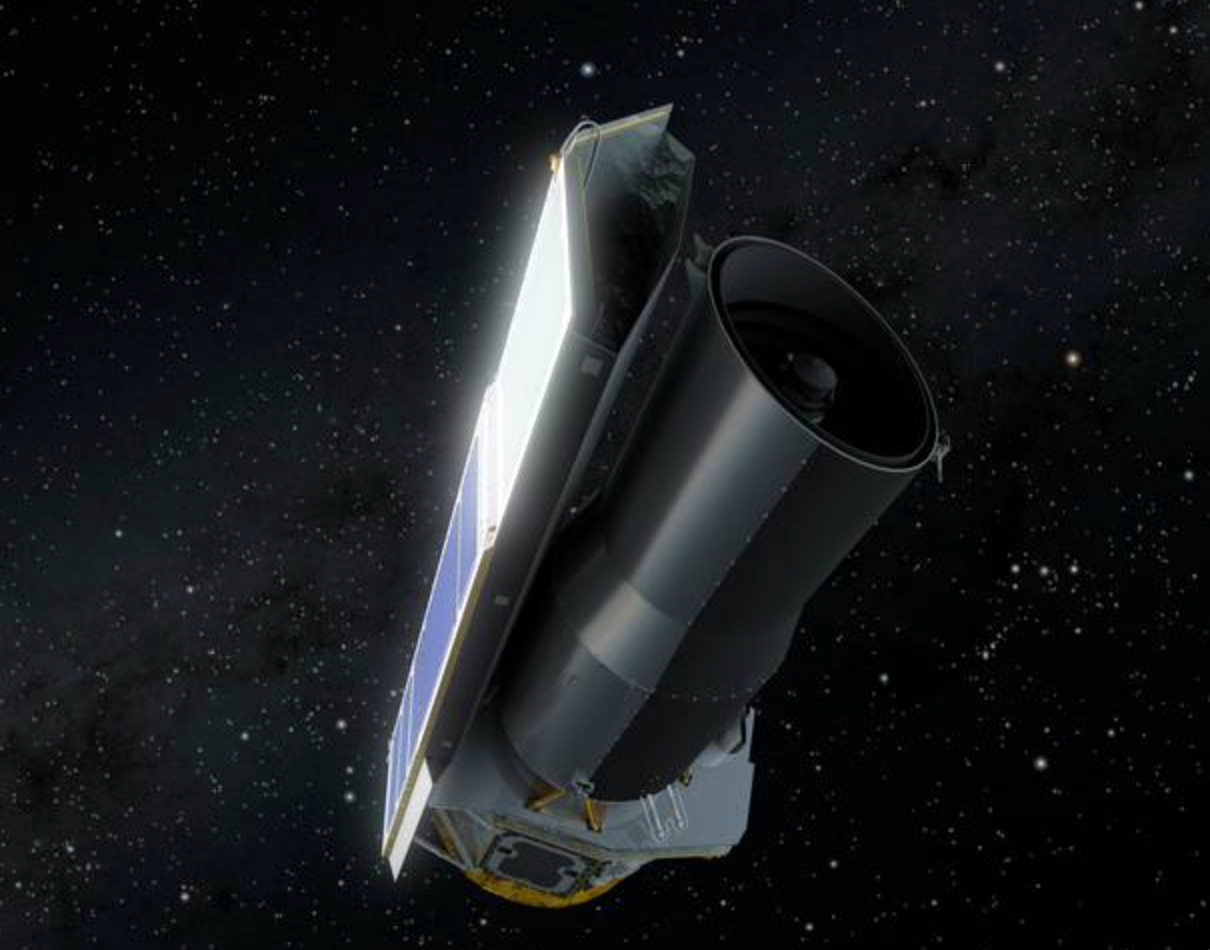
Spitzer Telescope
Liftoff
August 25, 2003
Mission Ended
January 30, 2020
Mission Info
The Spitzer Space Telescope is the fourth and final mission in NASA's Great Observatories Program - a family of four space-based observatories, each observing the Universe in a different kind of light. It was the most sensitive infrared space telescope in history when it launched. Spitzer orbits the Sun on almost the same path as Earth. It moves slower than Earth though, so the spacecraft drifts farther away from our planet each year.
Spitzer Space Telescope’s highly sensitive instruments allowed scientists a view into dusty stellar nurseries, the centers of galaxies, and newly forming planetary systems. Using Spitzer astronomers also have a view of cooler objects in space, like failed stars (brown dwarfs), extrasolar planets, giant molecular clouds, and organic molecules that may hold the secret to life on other planets.
Key Facts
Delta 7920H
Cape Canaveral, Fla.
Captured direct light from extrasolar planets for the first time
Discovered a giant ring of Saturn
Gathered more precise measurement of the Hubble constant
Discovered the rate at which the universe is stretching apart
Revealed the first known system of seven Earth-size planets around a single star, This discovery set a record for the greatest number of habitable-zone planets found around a single star outside our solar system
Mission Images
Mission News
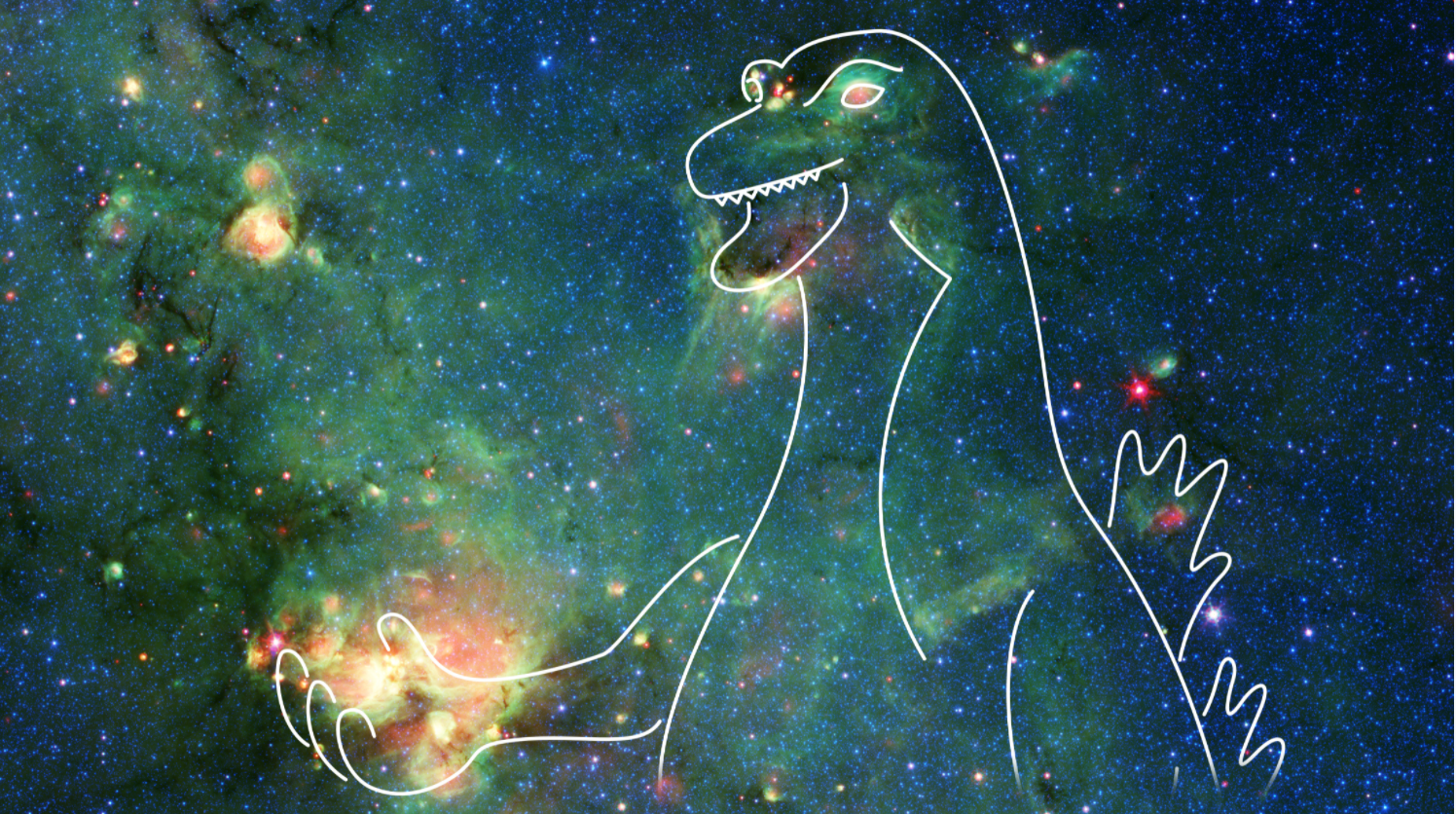 NASA/JPL-Caltech
NASA/JPL-Caltech









